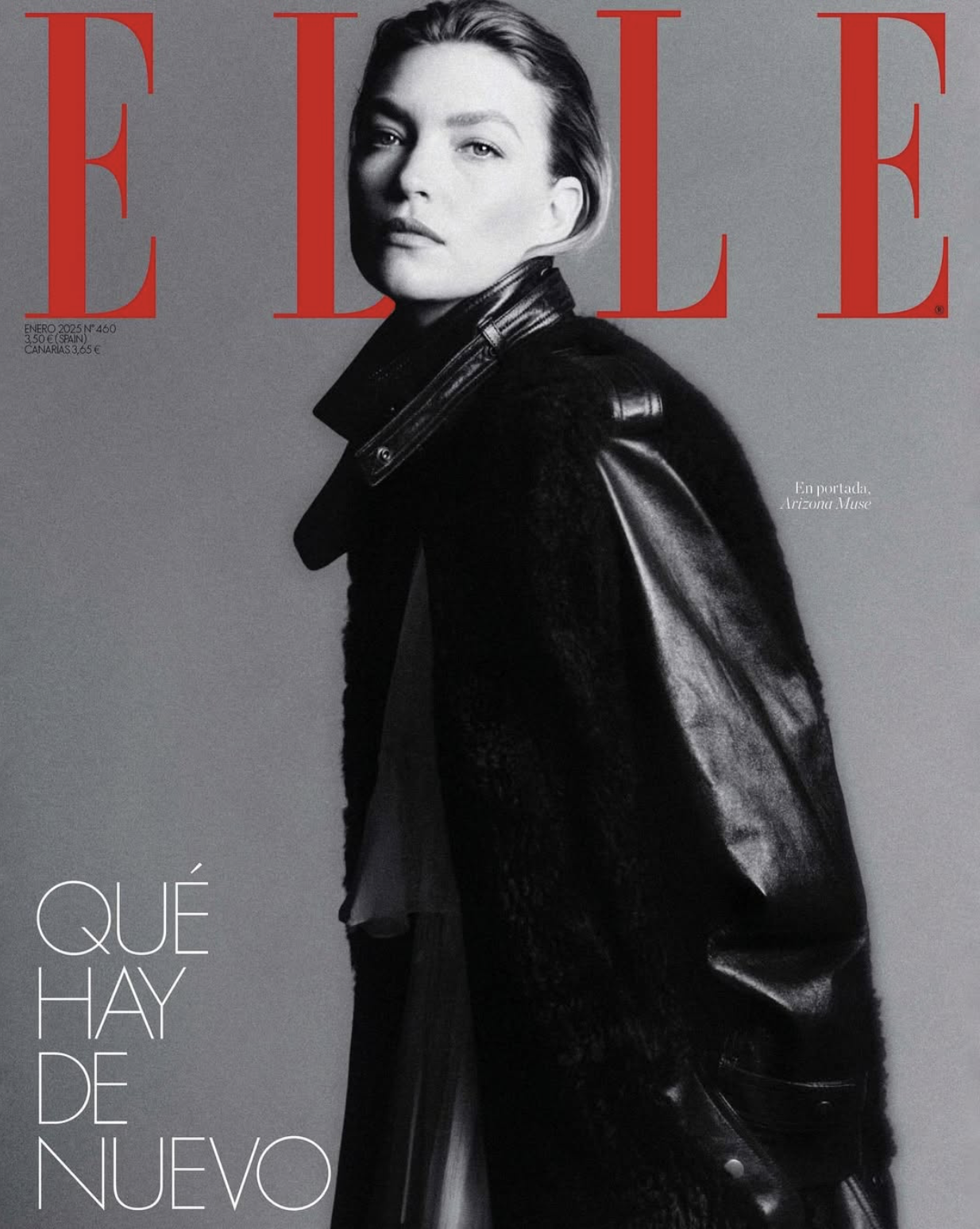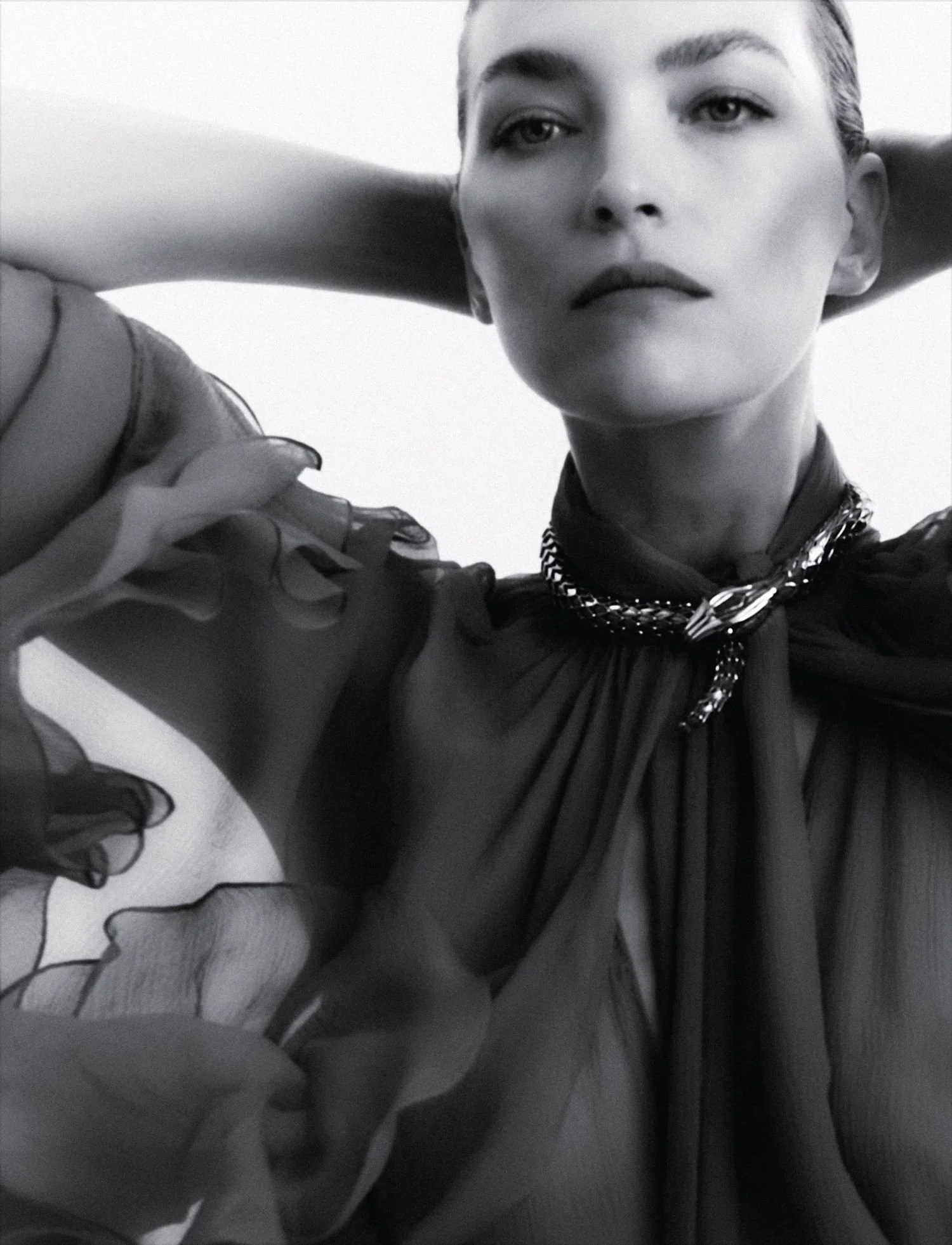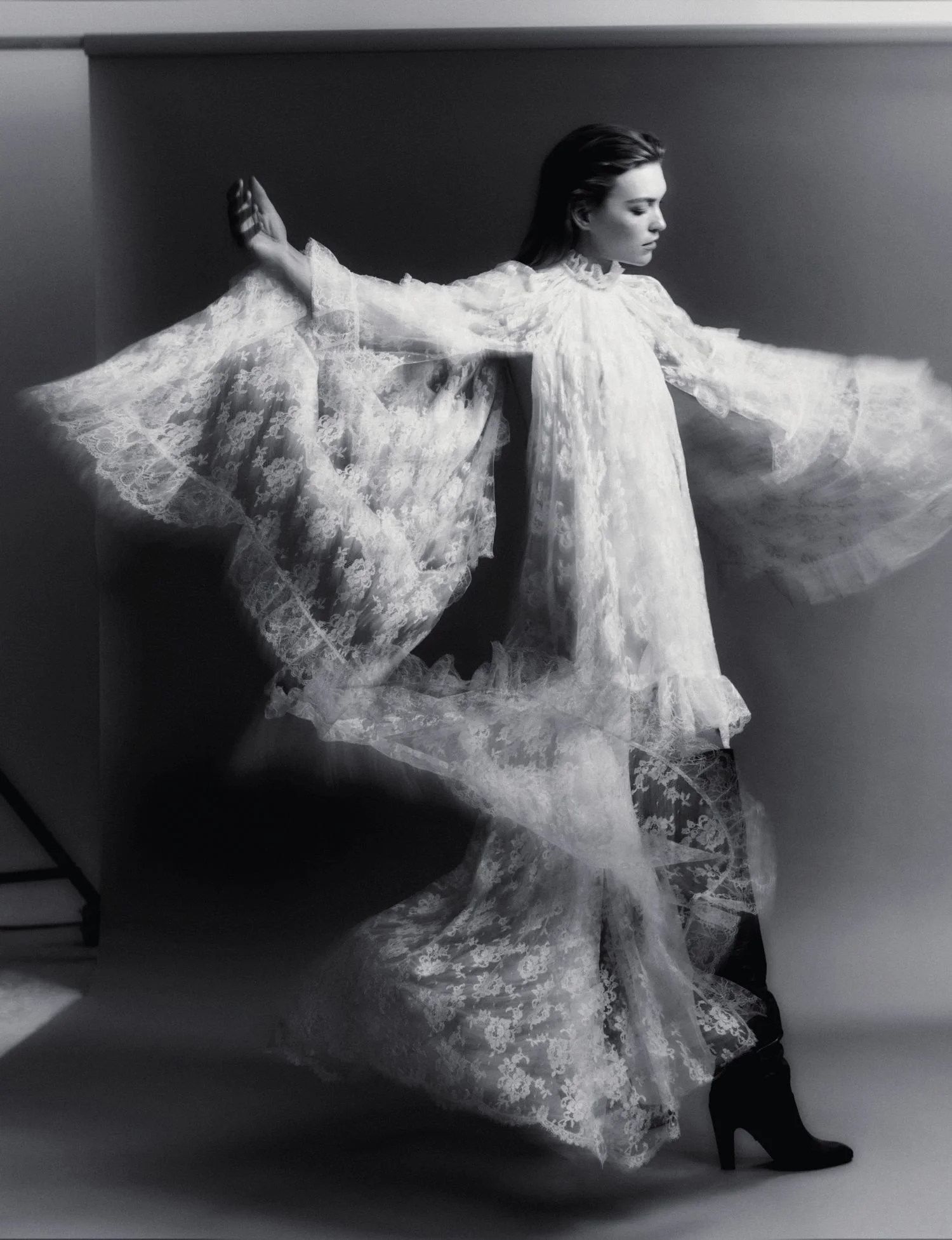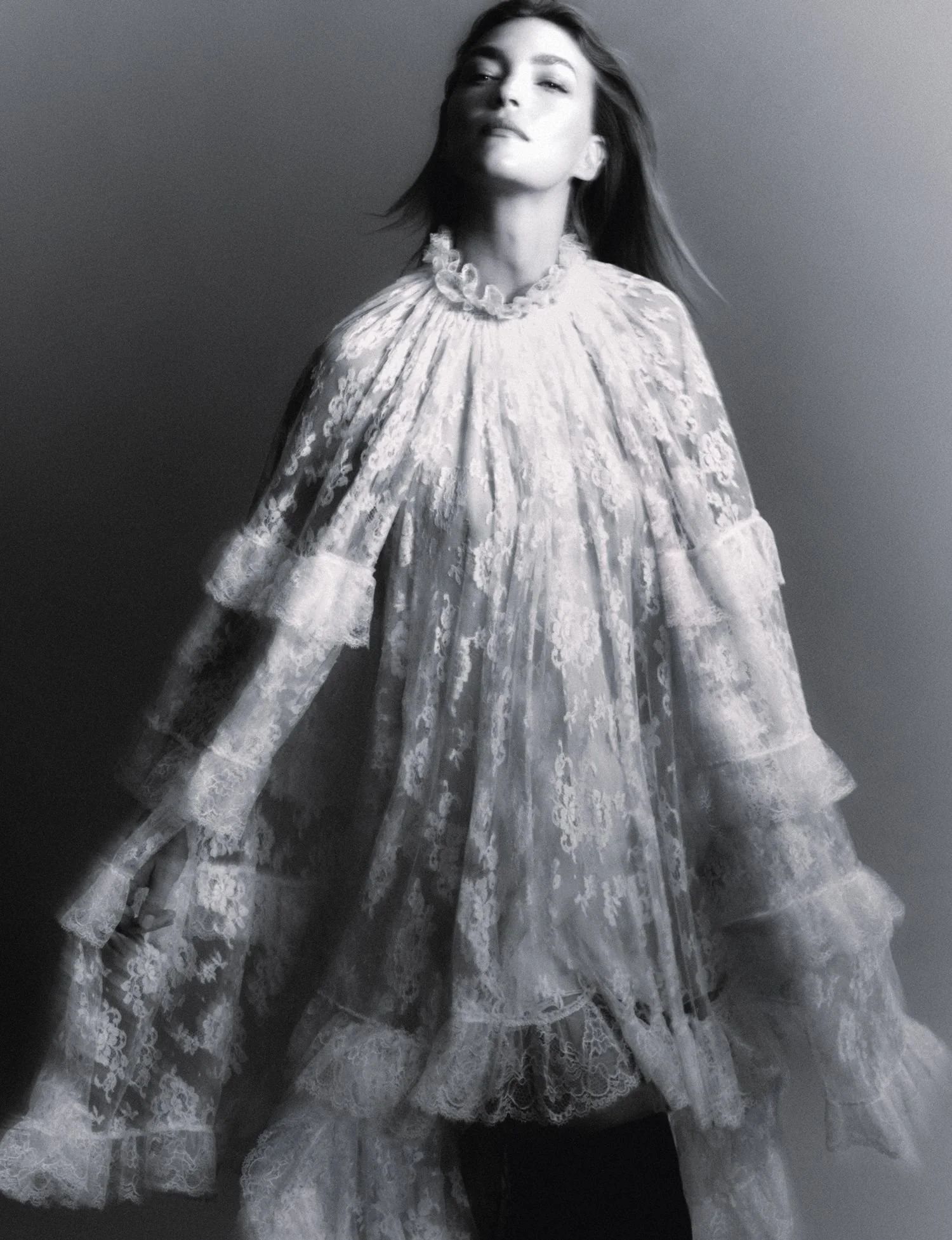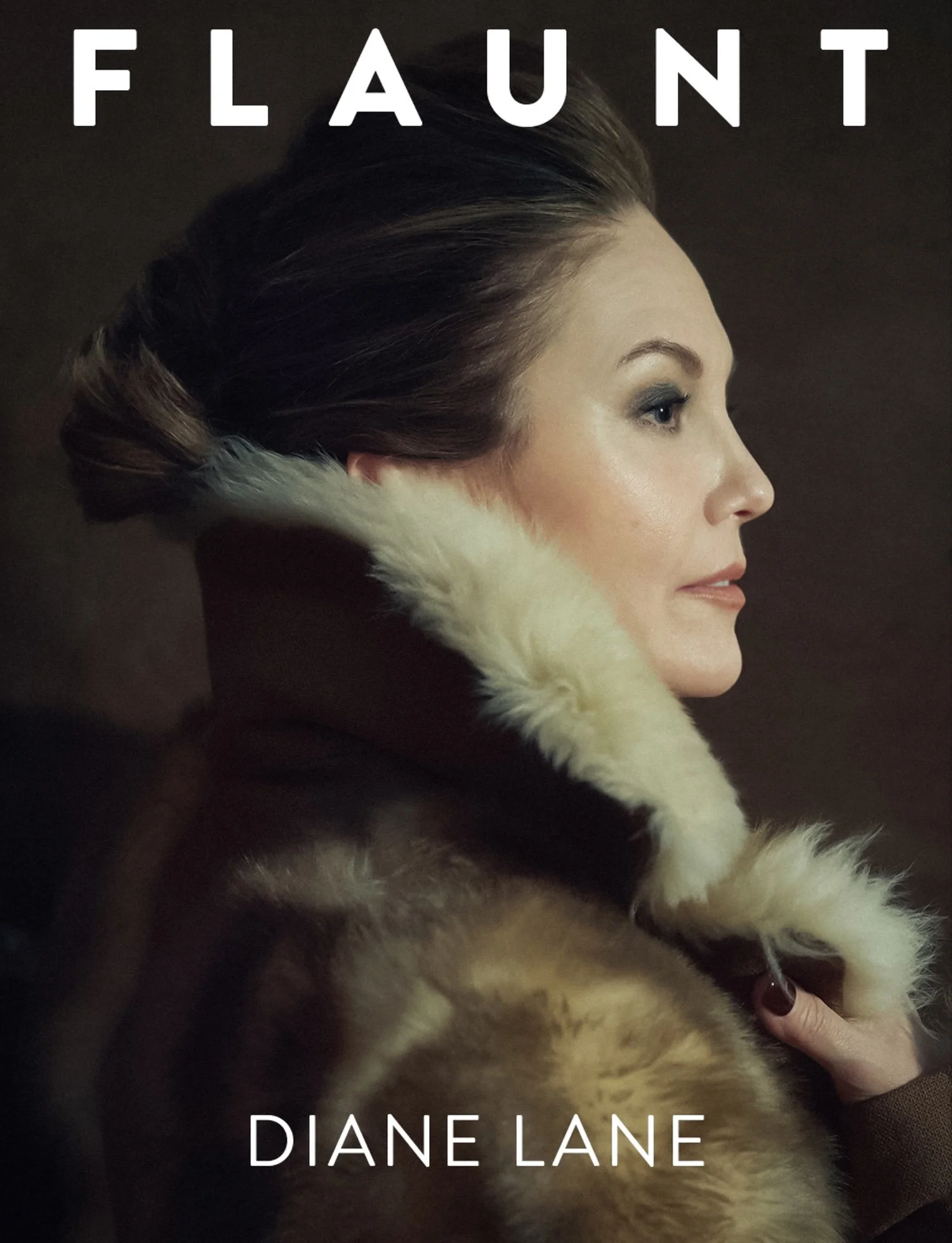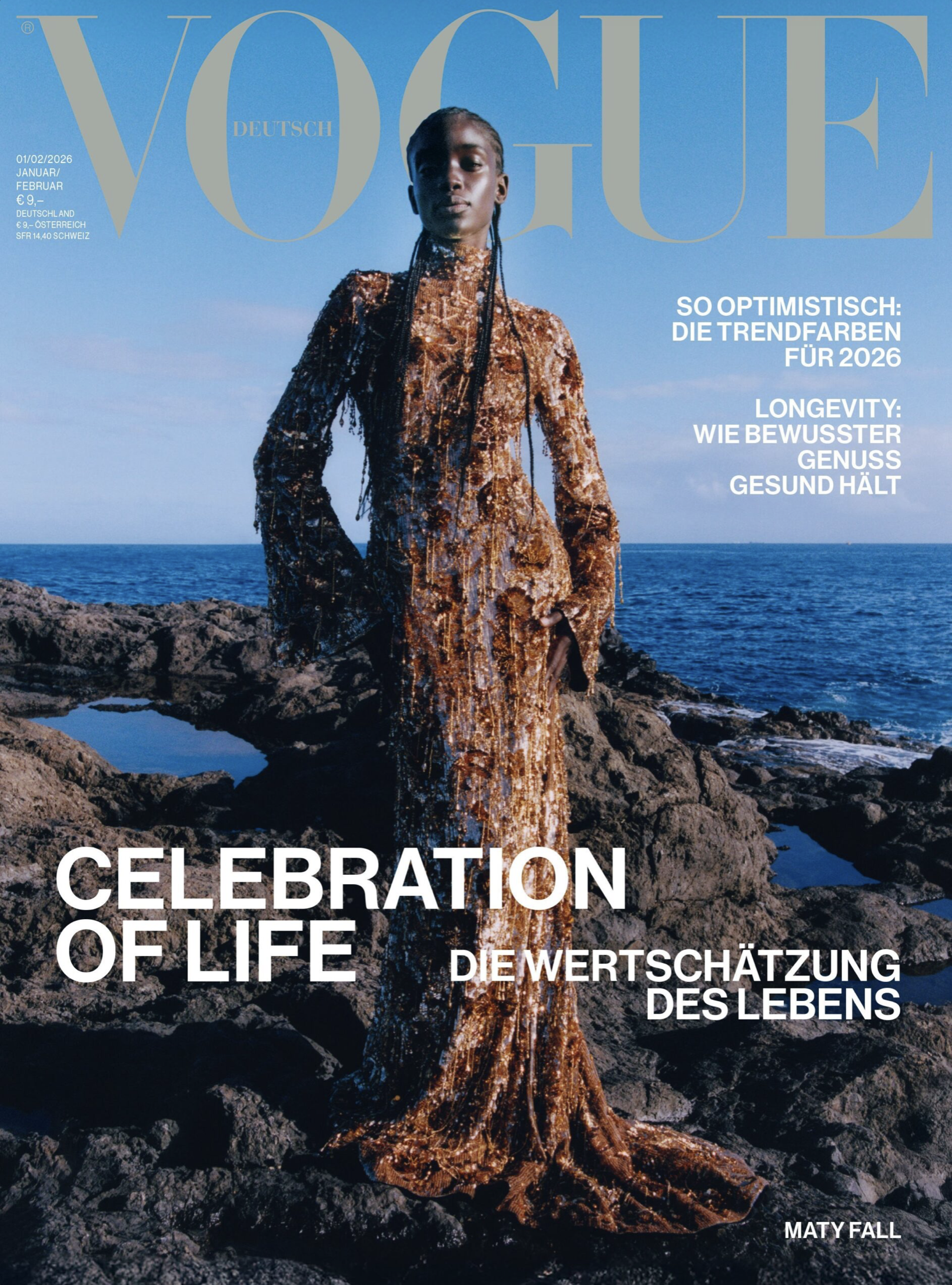Arizona Muse Is Honored by ELLE Spain for Changemaker Activism in Fashion Industry
/Arizona Muse takes three covers for the January 2025 cover of ELLE Espana [IG] and the accompanying fashion story ‘Fiel A Sí Misma’ [‘True to Herself’]. Muse is styled by Barbara Garralda in the all-Chloé fashion story, and lensed by Xavi Gordo [IG]. / Hair by Pedro Cedeño; makeup by Antonio Romero
The model activist received a Changemaker award in ELLE Espana’s 2024 year-end awards ceremony. On the topic of Chloé and sustainability, as well as its rare B-Corp status as a brand. In a quick 10-minute overview of changes in the house with the departure of Gabriela Hearst and arrival of new creative director Chemena Kamali, it seems that the Hearst initiatives remain intact.
If this reality holds, that is encouraging news. Arizona Muse joined models Amrit, He Cong and Malika Louback as a face for CHLOÉ L’Eau de Parfum Intense. Reading the translated interview, Muse speaks to activist qualities in the new fragrance:
When they told me the concept of the project with Chloé Eau de Parfum Intense, I liked it very much. In the spot, you see women [the four models] reconnecting with mother Earth and it is not only what was wanted to be transmitted in the ad, it is really what we feel, when we were filming it in Chile. There was a real camaraderie, we tuned in and talked about things that matter to us such as, for example, how it affects us in our personal life to always be in front of the goal. In addition, of course, for me being part of this firm is amazing, because it is an emblematic brand that represents the French woman, sure of herself... A very aspirational ideal.
Arizona Muse’s Heritage
‘Muse’ remains one of the top environmental activists in the world. Born in Tucson in 1988, Arizona Muse grew up in Santa Fe, New Mexico with her English mother, a therapist; her American father, an art dealer; and her younger brother, now a pro snowboarder.In 2010, the aptly-named model took fashion world by storm after both opening and closing Prada’s spring show in Milan.
When beloved photographer Peter Lindbergh photographed Muse in the Mojave Desert, named for the indigenous Mohave people, and located in southeastern California and southwestern Nevada, with small portions extending into Arizona and Utah, he told Vogue: “The way she moves is very different from other runway models.”
Regenerative Farming and Dirt
The theme of nature’s regenerative powers has always had high impact on Muse’s awareness and commitment to narrating the scientific reality of climate change. Experiencing an intense run to the top rung of fashion model stardom, rendered the earth activist very aware of the major environmental damage linked directly to the fashion industry.
AOC shares Muse’s deeply personal approach to keeping HER alive in this video.
Today, Muse’s focus is Dirt, an organisation she founded in 2020 that supports and promotes biodynamic farming. The consummate professional activist also engages with brands as a consultant to fund regenerative farming initiatives dedicated to improving soil health.
With a decade of experience behind her, Arizona Muse is also a top-level expert on sustainability challenges in fashion generally.
Arizona Muse’s Deep Ties to Indigenous Communities
Both the Apache and Navajo Nations have deep ties to land areas close to Sante Fe, NM, where Arizona Muse regularly camped with her family in the splendor of her home base landscape. The actual site of Sante Fe was once home to the Pueblo tribes.
Arizona Muse has maintained close ties to these indigenous tribes, believing that they live close to and honor with great respect the teaching of nature. Indigenous peoples, such as the Hopi and the Tohono O'odham, have developed sophisticated techniques well-suited to the arid climate.
In Deserts Worldwide, Drip Irrigation Is a Game Changer
In arid areas like the American deserts, traditional agricultural methods often included strategies to conserve scarce water resources and capitalize on the limited fertile land available. They practiced dry farming and created extensive irrigation systems using the scarce water from seasonal streams. These methods allowed them to cultivate staple crops like corn, beans, and squash, adapting their agricultural practices to thrive in the challenging desert environment.
Today a process called ‘drip irrigation’ has become a game changer for desert farmers aand their fellow farmers. We will continue the story of biodynamic farming in a new post that looks at biodynamic farming and drip irrigation worldwide, updating our prior writing on this topic. ~ Anne


